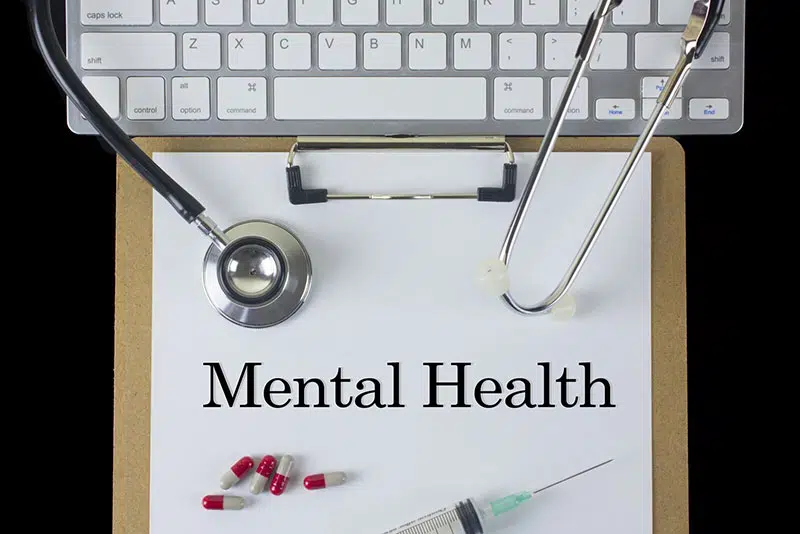
Table of Contents
The quality of data within health records is one of the most important factors impacting the quality of patient care. When patient information is inadequately documented or poorly managed, it can lead to suboptimal patient care and unsatisfactory outcomes. Efficient and timely medical transcription services ensure accurate and comprehensive recording of medical data, enabling healthcare providers to make informed decisions and deliver the highest standard of care to their patients.
Healthcare quality across the continuum depends on the integrity, reliability, and accuracy of patient information. Integrated care management plays a central role in improving clinical outcomes. To succeed, integrated care management requires that hospital software systems seamlessly integrate with each other. Seamless RIS/EHR integration is a key component of effective care coordination. This integration empowers radiologists and physicians, promotes streamlined operations, enhances patient care, and boosts staff productivity.
Role of the Radiology Information System
RIS serves as a comprehensive solution that enables radiology departments to efficiently manage their daily workflows. With RIS, radiologists can effortlessly schedule scans, manage appointments, perform imaging studies, generate reports, handle billing, share patient results with referring physicians, and track various activities. This software provides a digital interface that streamlines workflows through intuitive clicks, eliminating the need for manual paperwork or physical documentation. The RIS and radiology transcription services go hand in hand to enhance the efficiency and accuracy of radiology reporting within healthcare facilities.
Integration of the RIS and EHR systems promotes comprehensive and coordinated care to ensure the overall well-being of a patient, ensuring well-planned provision of medical services. Exchange, integration, sharing, and retrieval of electronic clinical data and administrative data between these hospital information systems is made possible through established data standards like Health Level 7 (HL7) and Digital Imaging and Communication in Medicine (DICOM).
How Integrating RIS and EHR Empowers Radiologists and Enhances Care
Integrating RIS with EHR can help radiologists streamline workflow, improve communication, and enhance patient care. Here are 12 benefits of this approach:
- 1. Enhanced efficiency: Patient data must be available and used for effective decision-making. If it exists in various systems across numerous healthcare providers, this information would not always be readily available to clinicians. RIS-EHR integration allows for seamless data sharing between radiology departments and other healthcare providers.
- 2. Comprehensive patient information: Radiologists can access a patient’s complete medical history and relevant clinical data through the EHR. This comprehensive view of the patient’s health allows for more accurate diagnoses and personalized treatment plans.
- 3. Eliminates unnecessary steps in workflow: RIS-EHR integration streamlines the workflow by eliminating duplicate data entry and reducing the chances of errors It optimizes and improves radiology department workflow through single interfaces, fewer clicks, faster TAT, fully-integrated tools and cleaner reports, saving time and effort for radiologists.
- 4. Improved communication and collaboration: Radiology images and reports are crucial components of a patient’s medical history Integrating RIS with EHR facilitates better communication and collaboration between radiologists and other healthcare professionals. Radiology reports and imaging studies can be easily shared, and physicians can provide feedback or request additional imaging, leading to more effective patient care. Facilitating easy access to this radiology information for all care providers can also reduce costs by minimizing duplicate scans and redundancy in distribution of images and reports.
- 5. Quick access to prior imaging studies: RIS-EHR integration enables radiologists to access and compare previous imaging studies and reports stored in the EHR. This practice is essential as it helps radiologists generate accurate and helpful reports for the current imaging study. In a 2014 practice parameter update, the American College of Radiology stated that, “Comparison with relevant examinations and reports should be part of the radiologic consultation and report when appropriate and available. Comparing with past examinations aids in detecting changes over time, tracking disease progression, and making more informed diagnostic decisions, boosting radiologists’ confidence in their interpretations.
- 6. Decision support and clinical alerts: EHR integration includes Clinical Decision Support (CDS) systems that offer evidence-based guidelines and recommendations to radiologists during interpretation. CDS tools help filter vast amounts of digital data, suggesting treatment steps, alerting providers to unseen information, and identifying potential issues. Clinical alerts within the EHR notify radiologists of critical findings needing immediate attention. RIS-EHR integration ensures efficient management of critical alerts, facilitating closed-loop communication among healthcare providers for timely patient safety.
- 7. Enhanced reporting capabilities: RIS-EHR integration can improve the quality and consistency of radiology reports. Radiologists can utilize templates and standardized formats within the EHR, ensuring clear and structured reporting for referring physicians and patients.
- 8. Increased data accuracy and safety: With RIS-EHR integration, radiologists can access patient data and relevant clinical information in real-time. Having complete and up-to-date information at their fingertips allows for more accurate and contextually relevant reporting, reducing the likelihood of errors due to missing or outdated data.
- 9. Secure access to patient information: The integration allows radiologists to access patient information and radiology data remotely through secure access to the EHR system. This mobility increases flexibility and enables radiologists to provide consultations or review images from different locations.
- 10. Analytics and quality improvement: Integrating RIS and EHR data can enable radiology departments to perform data analytics and quality improvement initiatives. Analyzing aggregated data can lead to insights that enhance operational efficiency and improve patient outcomes.
RIS and EHR integration empowers radiologists by improving efficiency, communication, and access to patient data, ultimately leading to better patient care and outcomes. Partnering with a medical transcription company can help physicians maintain comprehensive and up-to-date patient records. This will facilitate seamless communication and collaboration among healthcare providers and radiologists, ultimately contributing to improved patient care and medical decision-making.








